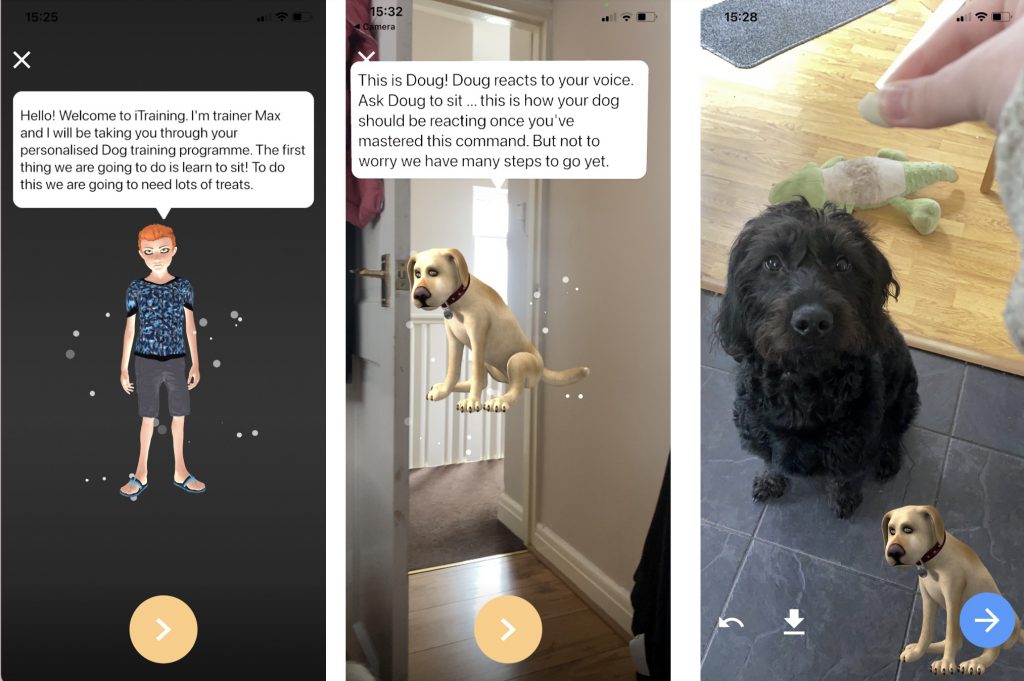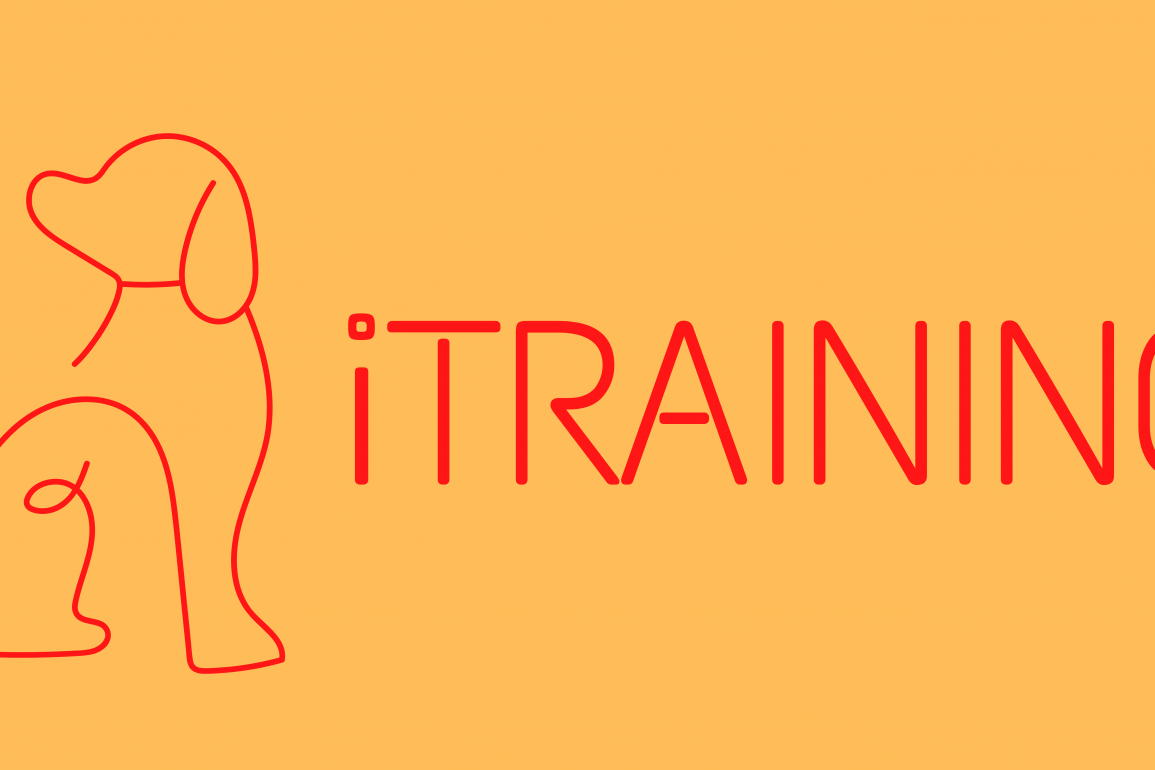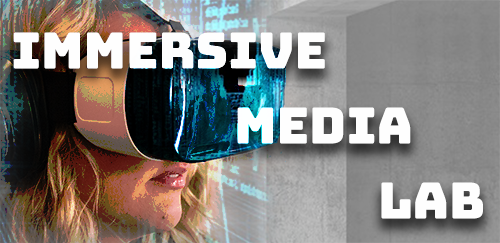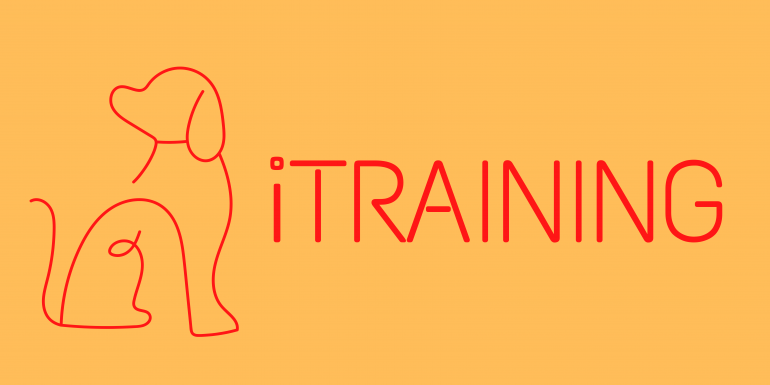
iTraining: a guiding paw to the pawfectly behaved puppy.
Since the coronavirus pandemic the number of dogs kept as pets in the UK has been estimated to have grown by 3 million bringing the total to 12.5 million (PFMA 2021). The main drivers of this uptake were new dog owners between the ages of 16 and 34 (BBC News 2021). ‘93% of dog owners strongly agree that dogs should be trained to behave at an early age’ (RSPCA 2019: 5). Those who opt for training classes are restricted to one hour of helpful tips a week and are left stranded for the other six days. So, what if dog/puppy training sessions could take place whenever the time suited you but also be personalised and give you clear guidance through a smartphone app? ‘iTraining’ does exactly this.
Using augmented reality technology and your smartphone’s camera, ‘iTraining’ will turn any space into a training room with an on-screen trainer that stands in your training space and provides a clear instruction with examples. With the ability to carry out a questionnaire, the app will tailor every training programme to each user’s needs to create a curated and bespoke experience for every user.
Following instruction and example, the user can see exactly how their dog should be responding with Max, an AR dog that responds to verbal cues. The interaction with Max affords immersion into the experience. The user then has the option of ‘bonus tips’ that provide detailed insight to basic training principles like reward, praise and marking for training activities from sit to recall and everything in between. ‘iTraining’ will help the user to receive a well-rounded knowledge of dog training through a unique and relaxed approach that isn’t reliant on a schedule. This built-in trainer aims to provide an effective, immersive and personalised way of training a dog that is always there to provide a helping hand whether it’s at home, on a walk, or in any public space.
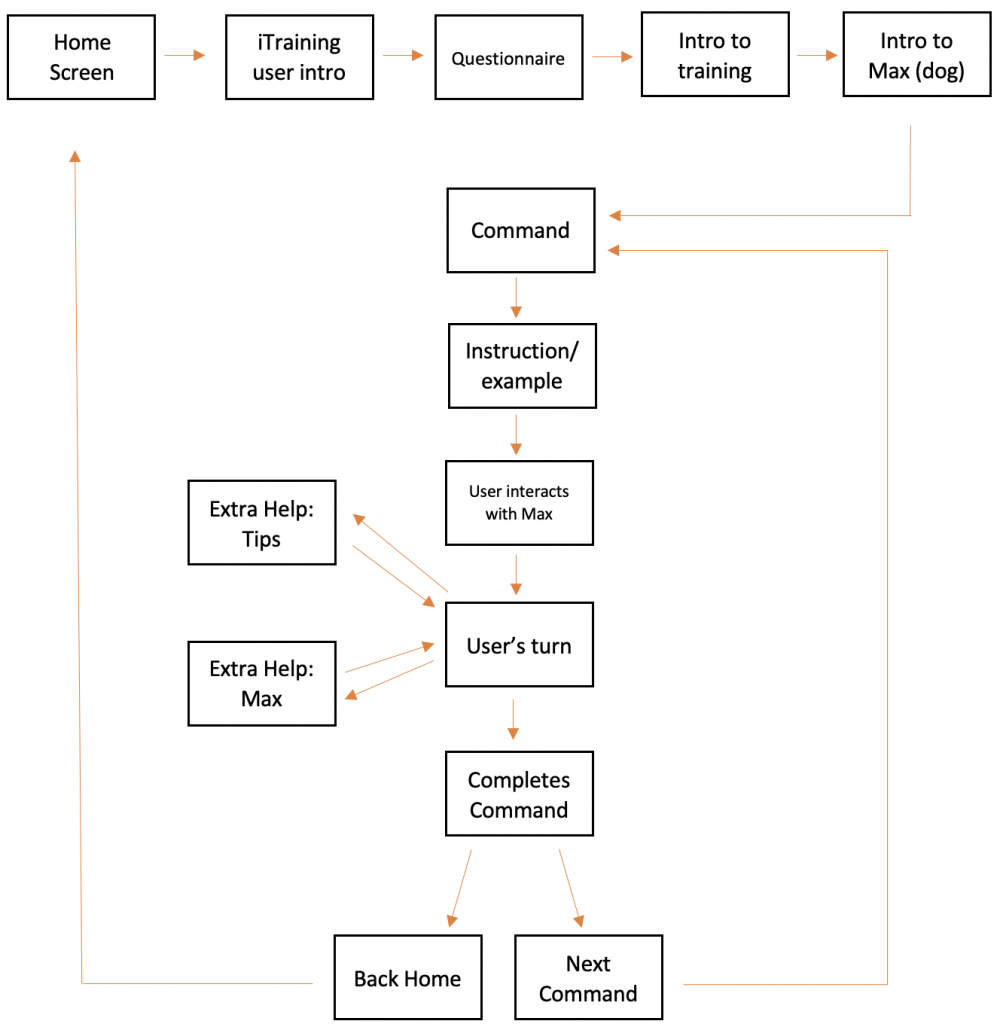
The user flow map details the experience from the initial opening of the app until the completion of the first command. Although each user experience is unique the steps taken to learn, carry out and master each command is universal.
Below you can see images of the prototype design process from building to the final product.

